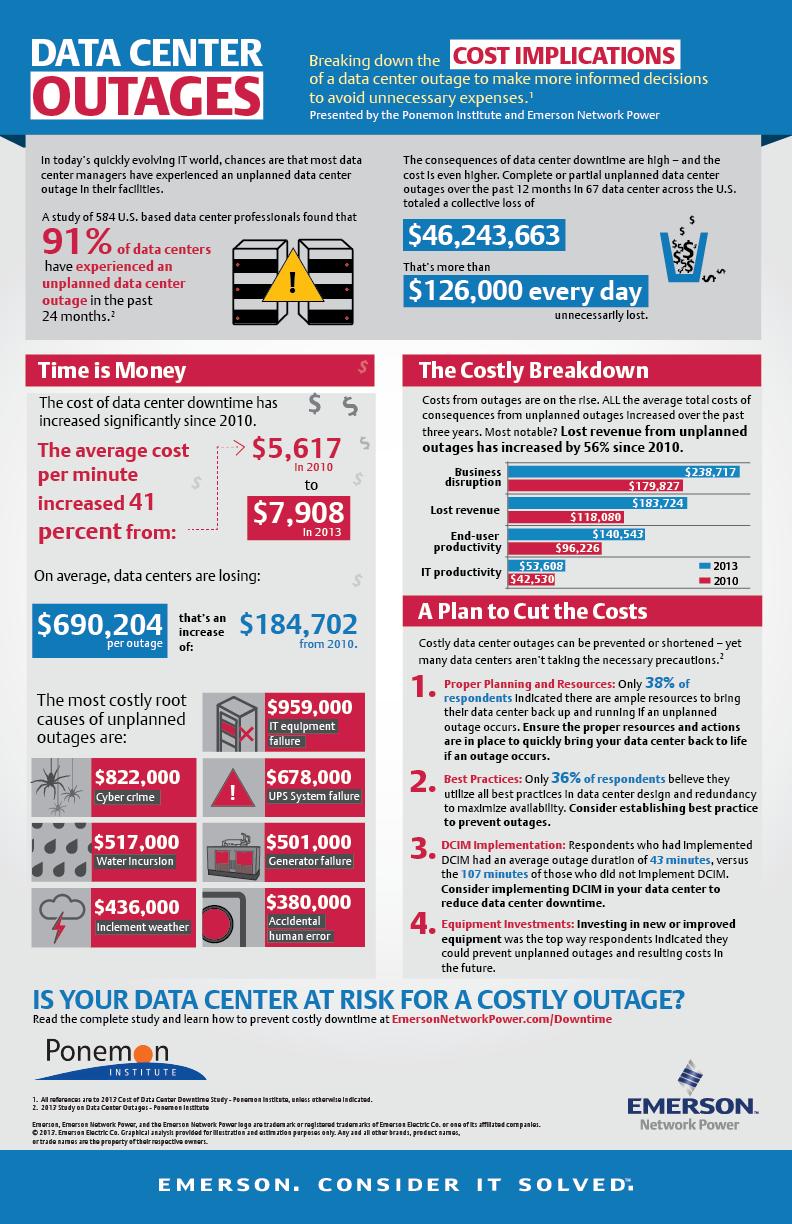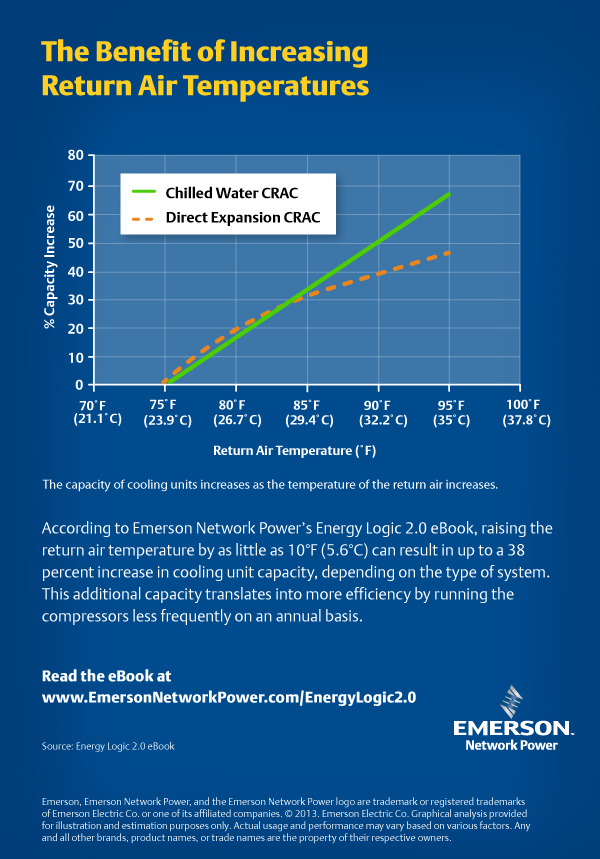Data centers have traditionally been designed with extra headroom to accommodate growth, but during the last decade, demand escalated so quickly that added IT capacity consumed available headroom and outpaced supply in terms of floor space and power and cooling capacity. This created conflicts as facility personnel struggled to supply IT’s demand for server capacity.
These problems were further worsened by two trends that emerged in the second half of the decade.
1. The first trend is the increased focus on data center energy consumption. With both the density and quantity of servers rising, data center energy consumption became a significant factor in terms of IT cost management and, in some companies, response to concerns about global warming. Early efforts to reduce data center energy consumption focused on lowering costs around data center cooling, which accounts for approximately 35 percent of data center energy consumption.
2. The second trend was the adoption of virtualization technologies. In a recent survey of data center managers, virtualization adoption rates stood at 81 percent. This has created a dynamically changing application environment layered on an essentially static physical environment, increasing data center complexity and introducing new challenges to physical infrastructure management.
In most organizations, data center managers lacked the tools to effectively address these challenges. The network management systems essential to IT personnel in monitoring and managing IT equipment did not address the critical issues of energy consumption, available rack capacity, or ambient air temperatures that are essential to proactive data center management. Further, the building management systems used by facility personnel to monitor power and cooling in the data center failed to provide the alarm management capabilities required for critical systems and to account for the interdependencies between systems. Evolving from a reactive to a proactive approach to infrastructure monitoring requires a new type of management system that provides visibility into the data center’s physical infrastructure within both the IT and facility domains and across these two domains.
If you want to learn more, read the white paper.
For More Emerson Network Power Blogs, subscribe below, and check out the Emerson Network Power Blog.










